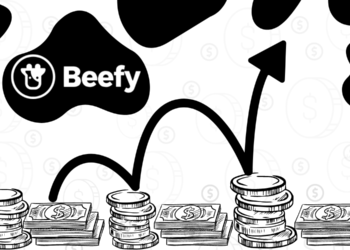Virtual reality is an industry that has undergone quite a lot of changes over the years. It may surprise you that the first VR headsets came to fruition back in 1994. Interestingly enough, it took almost 20 years before this industry started gaining any mainstream consumer traction. This is an opportune time to take look at some of the historic facts about virtual reality headsets people have overlooked.
Virtual Reality Headsets Have Been Around For Quite Some Time
It is quite interesting to take note of the history of virtual reality headsets. While most people are aware of the technology being around for several decades, the hardware to experience VR is two decades old as well. In fact, the earliest prototype of a VR headset as we know it today came to be in 1994. At that year’s CES, the Forte VFX1 virtual reality headset was announced.
What makes this particular virtual reality headset so important is how it packed a lot of features we still use today. The VFX1 was equipped with stereo headphones, stereoscopic displays, and three-axis head tracking. One could argue current iterations of VR headsets lack proper head-tracking, although that will most likely be rectified in future editions of these products.
Sony rushed to market to release their virtual reality headset back in 1997. Under the Glasstron banner, the hardware was the first VR headset, allowing users to view the surroundings. This is now known as a 360-degree vision, something that was not entirely possible when using the VFX1. Immersion is an important aspect of the virtual reality ecosystem, and the Glasstron was one of the first to experience it.
This technology really gained some traction among MechWarrior 2 players. The Glasstron allowed players to gain valuable insights into the battlefield from inside their craft. Unfortunately, the Glasstron – and the VFX1 – both failed from a commercial point of view as the technology remained incredibly limited in functionality. Such is the case with innovative technology that is ahead of its time, unfortunately.
It is somewhat surprising to learn consumer-grade virtual reality headsets have been around for so long. Interestingly enough, between 1997 and 2012, there have been no noteworthy contenders to enter the market. It has taken over 15 years since Sony’s effort for the next virtual reality headset to come into the picture. We will discuss those new models in the second part of this series.
Check out part 2 of this series here.
If you liked this article make sure to follow us on twitter @thevrbase and subscribe to our newsletter to stay up to date with the latest VR trends and news.












